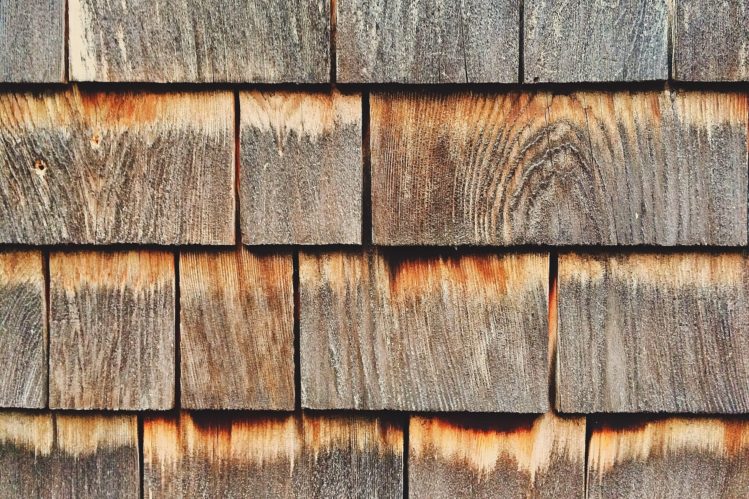Exterior cedar trim can be pretty at first – but it sure has an ugly side when it comes to maintenance. It is fragile and vulnerable to the elements, so cedar trim exteriors can end up showing significant signs of damage in just a few years. Correcting this damage can be costly and time consuming for many property owners.

Instead of dealing with continual cedar problems, switching to a more durable exterior trim option can be a smart choice. Take a look at seven of the most common problems with cedar exterior trim and see why most would agree that an alternative material, like fiber cement, is a better choice for your home:
1. Ugly Moisture Damage
Water damage is one of the most frustrating problems to deal with because it doesn’t take much to compromise the aesthetic appearance of the home. Though cedar is considered more resilient than other types of natural timber, it can still accrue damage, even with average levels of rain, snow, and humidity.
Exterior cedar window trim is particularly susceptible to moisture damage, because the trim often forms a lip beneath the window that allows rainwater to sit and soak into the wood. At its worst, built-up moisture can cause rotting, but even minor damage – like warping, sagging and loosening at the seams – can be unsightly and expose other areas to leaks.
2. High-Maintenance Mildew Control
After a heavy rain, it’s common for wood siding to feel damp for quite awhile. This is because wood absorbs moisture. Once moisture lingers on a natural surface like cedar, it creates an ideal setting for mold and mildew to grow.
There are ways for homeowners to try and deal with mildew growth on exterior cedar trim, but they’re pretty labor intensive. Primer designed specifically for cedar applications can help create a more moisture resistant surface, but you’ll need to be sure there aren’t any gaps between the trim and siding where water can trickle in.
Another thing to be wary of is the painting process. If cedar trim is covered with oil-based paint without the proper primers, it can actually cause moisture to become sealed in, leading to mildew growth that shows up over time.
3. Cedar Bleed
Cedar bleed is another common aesthetic issue that plagues exterior trim. Tannins exist in many natural wood types, including cedar. When the tannins leach out over time, they can create yellowish-brown stains on the surface of the exterior cedar trim. Cedar bleed often looks streaky and it can be quite noticeable, quickly compromising curb appeal.
4. Flakey, Bubbly Paint Surface
Priming and painting is essential for exterior cedar trim to look good and last a long time. Due to the natural composition of cedar wood, you can’t expect to take any shortcuts with this process. Skipping the primer step or failing to use the correct paint type can compromise the finished product.
Here’s the most frustrating part – even when you take all the right steps to prime and paint exterior cedar trim properly, it can still show blemishes like bubbles and flakey chips because of ongoing exposure to the elements. Temperature swells can also cause these issues to pop up along the surface of cedar trim exteriors.
5. Scrapes and Dings
Cedar is a soft wood. While this makes it an excellent material to work with for lots of carpentry projects, it also means that exterior features made from cedar are at a higher risk of becoming damaged. Clean and careful installation is key, as cedar trim can sometimes split where it’s fastened or show general signs of wear and tear.
6. Flammability
As a natural wood, cedar window trim remains highly flammable. Even with surface treatments designed to reduce flammability levels, you can never eliminate the risk of fire completely with natural wood trim. Switching to a more fire-resistant siding and trim material is recommended to help make the exterior better prepared and safeguarded against emergencies.
7. Pest Control
Another common issue with exterior cedar trim is that it can be a haven for pests, including wasps, termites and other critters that are attracted to natural wood. Woodpeckers can also leave sizable holes in cedar siding and trim, which can be a pain to fix. Cedar window trim exteriors can also be pricey to replace after significant pest damage.
A Better Alternative to Cedar Trim with Allura
The smart way to deal with cedar trim issues is to avoid them in the first place. Swapping natural wood trim for wood-look fiber cement is an excellent choice, because it allows you to get the natural look that you love without all the issues that commonly come with cedar.




